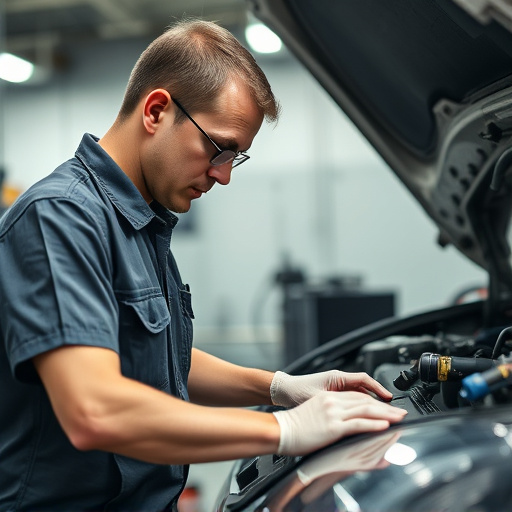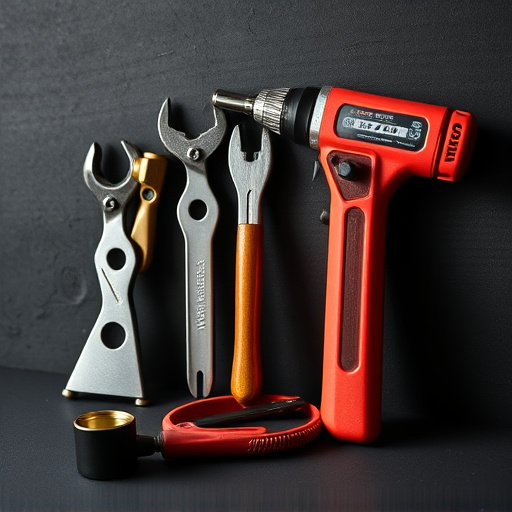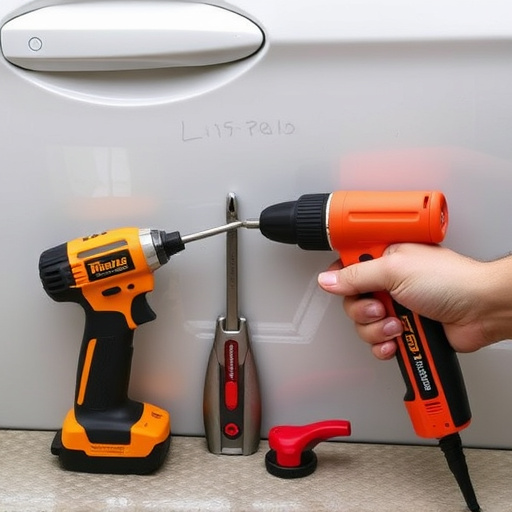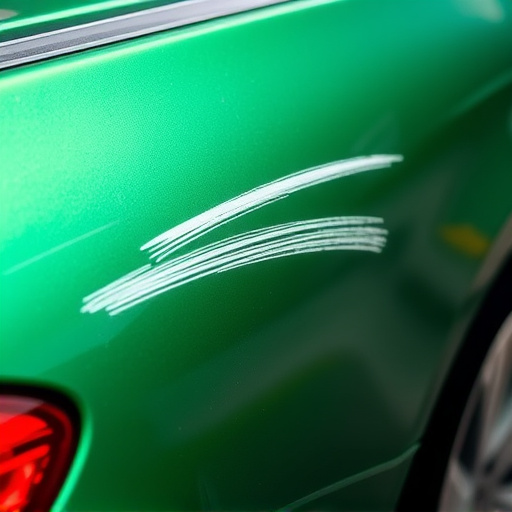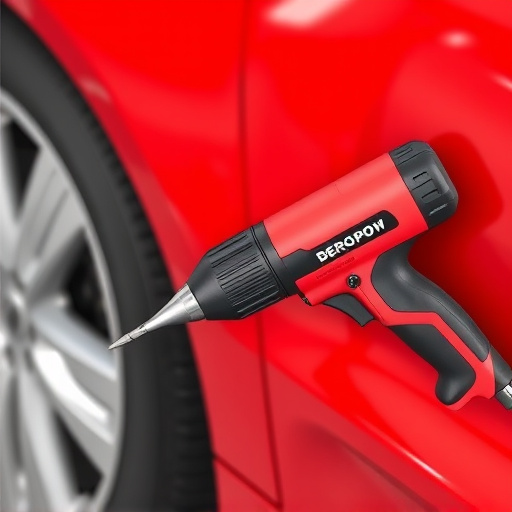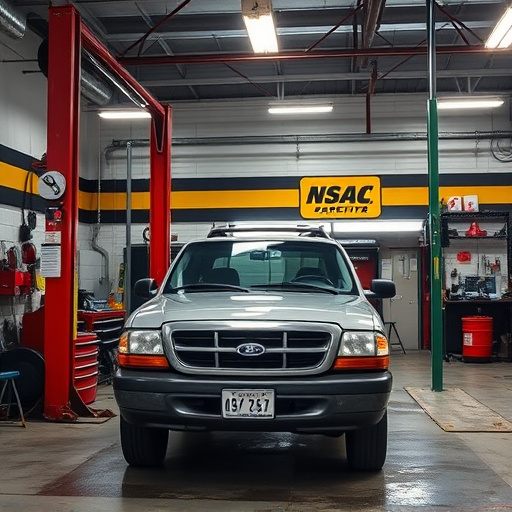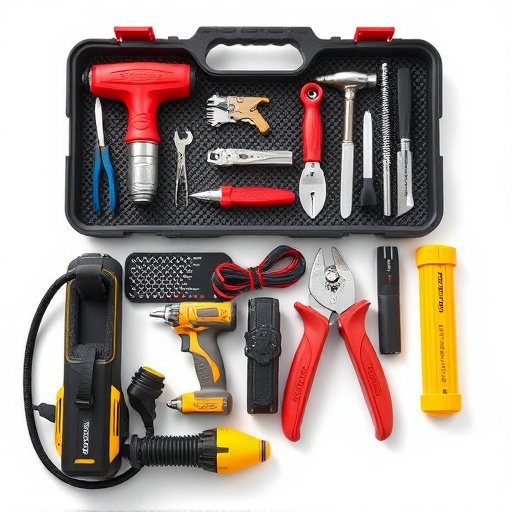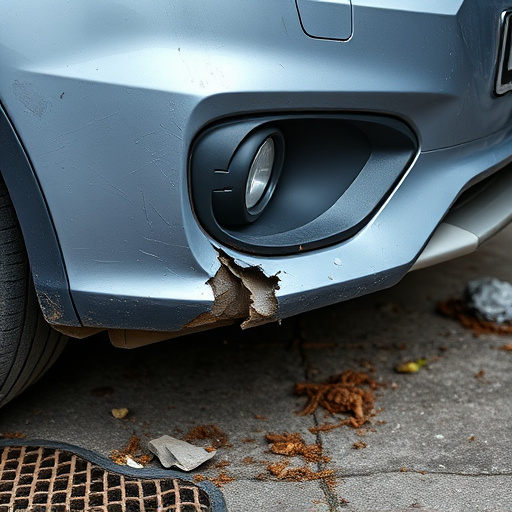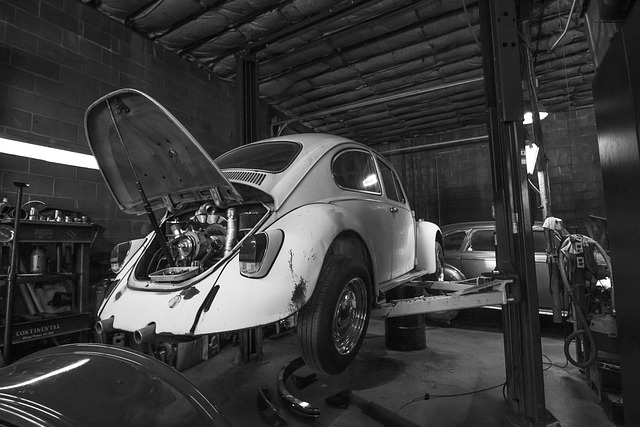Auto body repair begins with a thorough assessment to identify all damage, from dents and scratches to structural issues, guiding the entire process. Skilled technicians use advanced techniques like CAD software and state-of-the-art welding equipment for precise repairs, ensuring structural integrity and aesthetic appeal. Efficient streamlining through digital tools, organized warehouses, and structured strategies enables fast turnaround times in the auto body repair process.
In today’s fast-paced world, efficient auto body repair is more crucial than ever. This article delves into the optimal auto body repair process, emphasizing swift turnaround times without compromising quality. We explore the initial step of assessing damage and detail precision techniques for effective repairs. By streamlining each phase, we showcase how a focused approach can revolutionize the industry standard, ensuring your vehicle is back on the road in no time.
- Assessing Damage: The Initial Step in Auto Body Repair
- Precision and Techniques for Effective Repairs
- Streamlining for Quick Turnaround Times: A Focused Approach
Assessing Damage: The Initial Step in Auto Body Repair
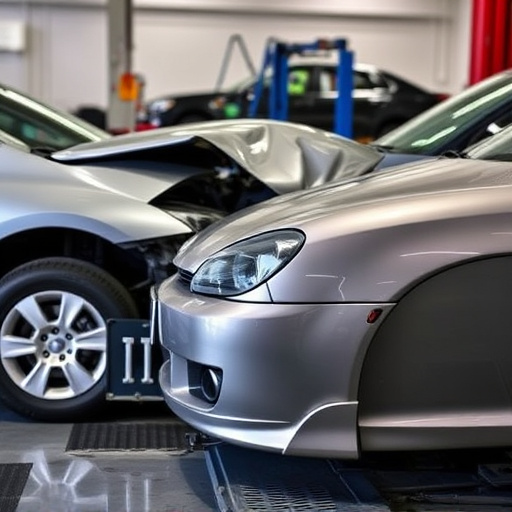
The initial step in any auto body repair process is a meticulous assessment of the damage incurred by the vehicle. This crucial phase involves a comprehensive inspection of the car’s exterior and interior, taking note of dents, scratches, cracks, and any other structural issues. Skilled technicians use specialized tools and their expertise to identify hidden damage that might require attention, ensuring no detail is overlooked.
This careful evaluation determines the scope of auto body repairs needed, from simple dent removal and painting to more complex restructuring. It’s a vital step that guides the entire process, allowing for accurate estimating of time and resources required, thus facilitating a swift turnaround without compromising quality in car body repair.
Precision and Techniques for Effective Repairs
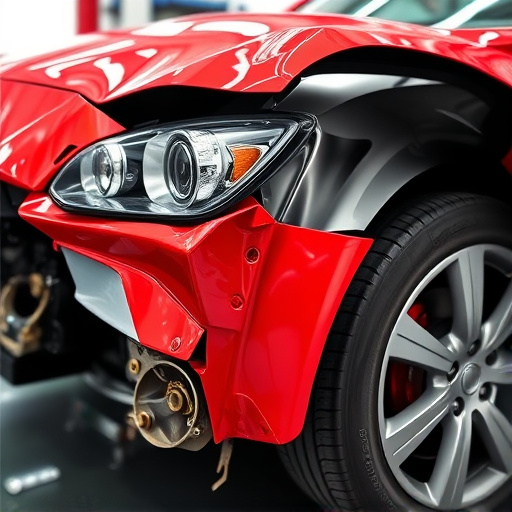
Precision is paramount in the auto body repair process, ensuring that each step aligns perfectly with the vehicle’s original design. Skilled technicians employ a range of advanced techniques to achieve flawless results. From computer-aided design (CAD) software for precise measurements to state-of-the-art welding equipment for seamless joins, modern autobody repairs utilize technology to deliver high-quality outcomes.
These techniques not only guarantee structural integrity but also maintain the vehicle’s aesthetic appeal. Whether it’s dent removal, panel replacement, or scratch repair, every detail is meticulously attended to. The use of specialized tools and an understanding of automotive materials ensures that the repaired area seamlessly integrates with the rest of the car, providing customers with top-tier auto repair services they can rely on.
Streamlining for Quick Turnaround Times: A Focused Approach
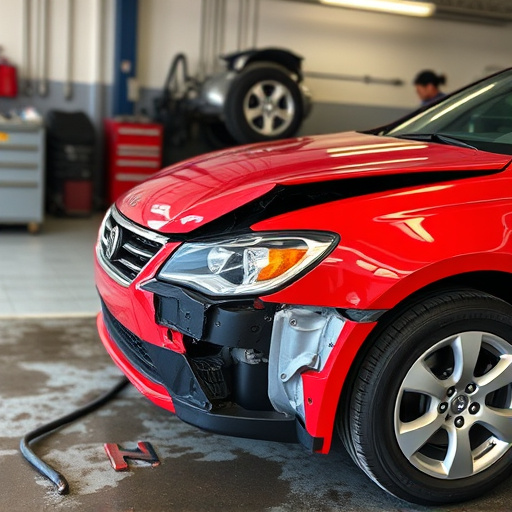
In the competitive auto repair industry, efficient streamlining is key to achieving fast turnaround times. The auto body repair process demands a meticulous and structured approach, especially when aiming for quick repairs without compromising quality. By implementing focused strategies, auto body shops can optimize their operations, ensuring that every step of the vehicle collision repair process is executed with precision and speed. This involves leveraging advanced technologies, such as digital measurement tools and specialized equipment, to streamline the initial assessment and repair stages.
Additionally, efficient inventory management plays a pivotal role in accelerating the overall turnaround. Well-organized warehouses, stocked with readily available parts specific to various vehicle makes and models, enable auto repair technicians to quickly access the necessary components for each job. This minimizes delays often associated with part procurement, thereby fostering an environment conducive to timely vehicle restoration for customers seeking auto repair near me.
The efficient auto body repair process, featuring swift turnaround times, is a testament to advanced techniques and streamlined workflows. By meticulously assessing damage, employing precision repairs, and optimizing each step, shops can deliver high-quality results while meeting modern consumers’ expectations for speed and convenience. This focused approach not only enhances customer satisfaction but also ensures vehicles return to the road safely and reliably.

